Estimated reading time 10 minutes, 11 seconds.
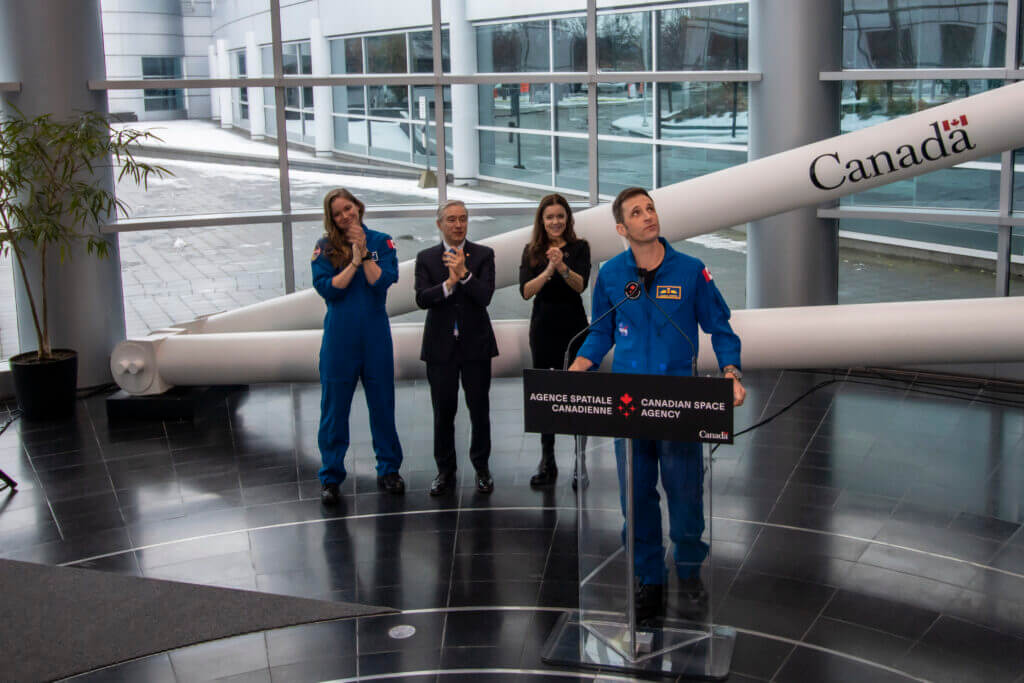
On Nov. 22, the Canadian Space Agency’s (CSA’s) astronaut assignment matrix received a mission-oriented update, centred around the two astronauts who were selected to join the corps in 2017.
François-Philippe Champagne, Canada’s Minister of Innovation, Science and Industry, who was joined in the three-story rotunda at CSA headquarters by CSA president Lisa Campbell, started by announcing that Dr. Jenni Gibbons has been designated as Canada’s backup crew for the upcoming historic Artemis II mission.
Expanding Canada’s role in preparing for Artemis II
Gibbons will now be focused on supporting and training alongside the four-person prime crew, which includes Canadian astronaut Col Jeremy Hansen, as was announced in April 2023. As prime crew member, Hansen is positioned to become the first Canadian to fly beyond low-Earth orbit (LEO), and is currently scheduled for lift off aboard NASA’s Space Launch System (SLS) in late 2024. When he departs on the 10-day mission, Hansen will establish Canada as being the second of only two countries to have ever flown one of its citizens to deep space.
Speaking to Skies following the announcement, CSA’s Director of Astronauts, Life Sciences and Operational Space Medicine, Mathieu Caron, explained the strategic importance of Gibbons’ assignment — beyond ensuring that Canada has more than one astronaut trained and fully prepared to fly the mission.
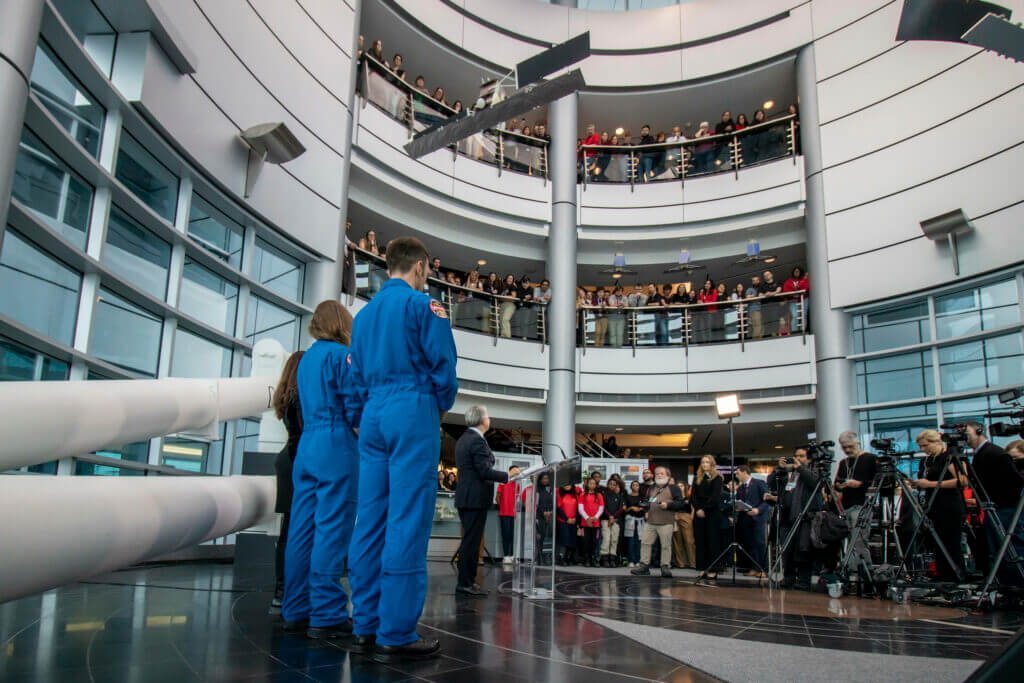
“Artemis II will be the first time since the 1970s-era Apollo missions that humans will fly around the Moon, so it’s a new program — we’re defining how we’ll be doing things. Having both Jeremy, and now Jenni, supporting the development of those activities puts Canada in an excellent role to influence the future of lunar exploration.”
Excited but humble, Gibbons provided some specific examples as to how she foresees her coming days being invested:
“I will be working with the Artemis II team to integrate and develop the architecture and the procedures for lunar missions, as well as being a crew test subject for critical operations, from launch, to splashdown and recovery. I will train as Capsule Communicator (capcom), ready to support the mission as the bridge between Earth and our crew around the Moon. I will be trained alongside the Artemis II prime crew, ensuring that I am ready to support them, and the future of this program, in whatever capacity is required.”
First Canadian assigned to fly aboard Boeing’s CST-100 Starliner
The second announcement by Minister Champagne was that Col Joshua Kutryk has been assigned to conduct a long-duration (approximately six months) science and research mission aboard the International Space Station (ISS). A notable part of his mission announcement was the vehicle which he has been assigned to travel aboard.
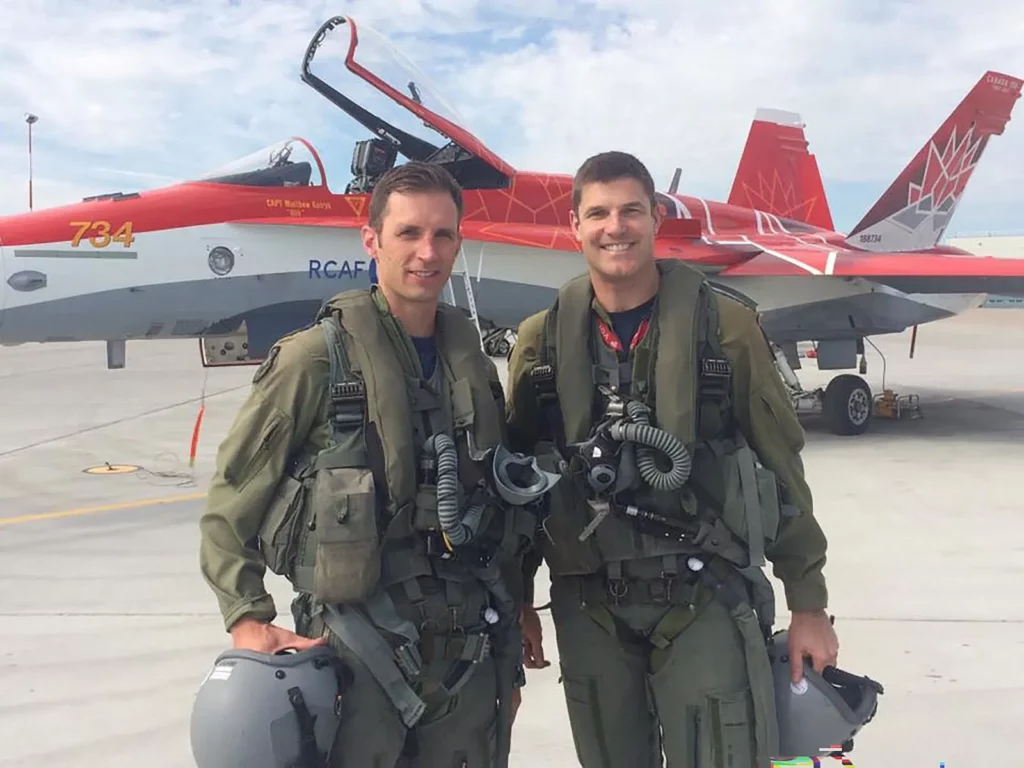
Kutryk, a well-seasoned RCAF test pilot with over 4,000 flying hours in more than 40 different aircraft types, will be one of four crew members set to fly what is planned to be the first operational mission of the Boeing CST-100 Starliner.
Kutryk’s Starliner-1 mission is expected to launch no earlier than the beginning of 2025, and is dependent on the continued development, testing, and certification of the Starliner spacecraft, part of NASA’s Commercial Crew Program; this is the same program which gave rise to the currently in-service SpaceX Crew Dragon. Kutryk will be the first Canadian to fly aboard a Commercial Crew vehicle.
As a part of the vehicle development process, and enabled by the experience of having worked with the Starliner team in Houston since 2021, Kutryk will precede his flight by performing in the role of capcom for the ascent and re-entry phases of the first crewed flight of the CST-100.
Following the mission assignment, Kutyk spoke about the continued importance, relevance, and value of conducting research missions aboard the 24-year-old ISS.
“The Station is the place where we push the boundaries of what is possible. That’s what we’ve always done, and we keep pushing that boundary out. We keep pushing the limits of what we know, the limits of what we’ve discovered, the limits of what we’re able to do in outer space. It’s an essential trampoline, really, for the next big steps into lunar space and toward the surface of the Moon. For me, as a test pilot but also for this country, that’s exactly where we want to be.”
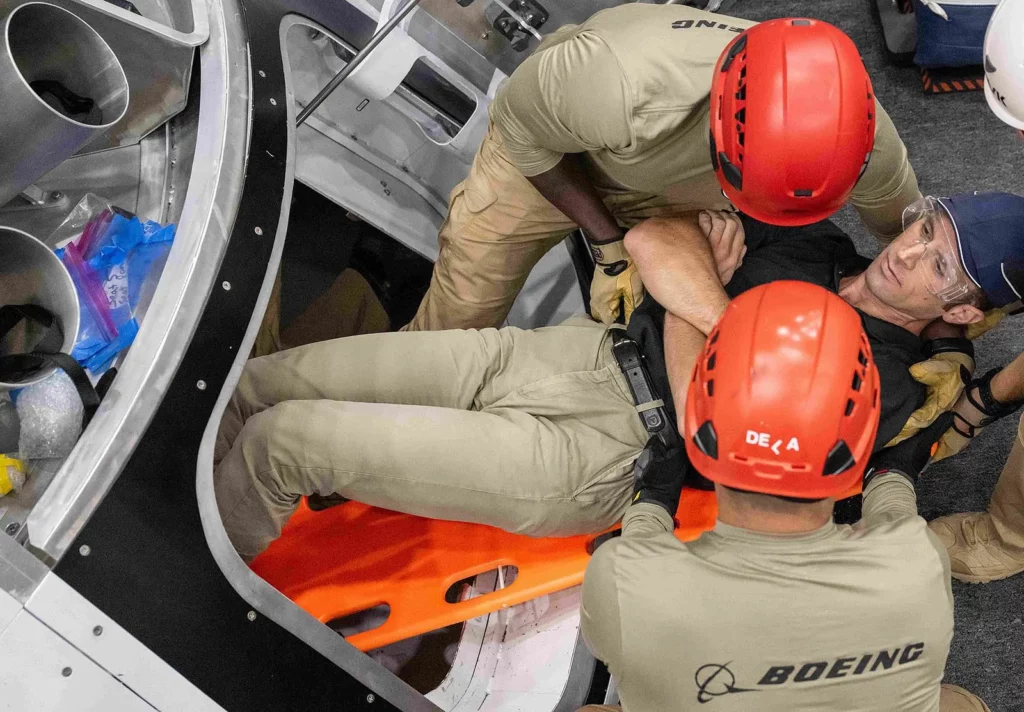
All hands on deck, as Canada continues to soar
While Dr. David Saint-Jacques was not named during the Nov. 22 roadmap announcements, he does remain an active and engaged member of the astronaut corps. Saint-Jacques is the only member of the current Canadian cadre to have flown an orbital mission, launching to the ISS from Baikonur, Kazakhstan, in December 2018. As part of Expedition 58/59, he lived and worked aboard the ISS for 204 days — the longest Canadian space mission to date.
Saint-Jacques remains medically and technically qualified for a future space mission, and is currently the Deputy Director, Lunar Exploration Program at the Canadian Space Agency. This position sees him responsible for providing strategic advice and support for the development of Canada’s future lunar exploration capacity, allowing him to fully leverage his unique astronaut’s perspective.
Closing out her extended discussion with Skies, Gibbons got right to the heart of the overall value and importance to Canadians, of these and other investments being made within the space sector.
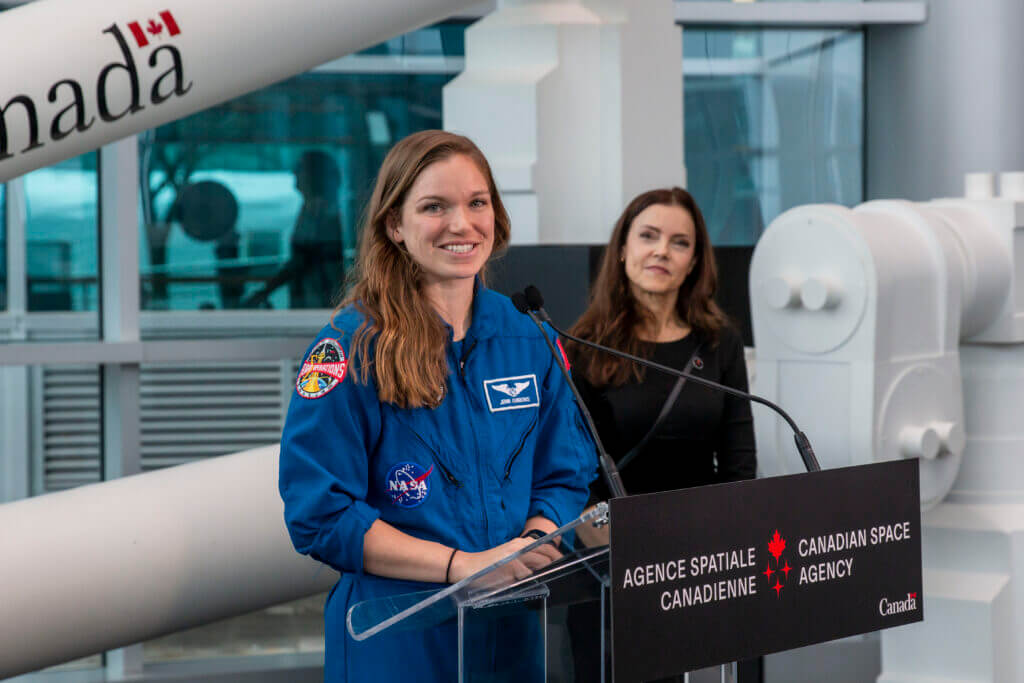
“Canada’s mission in space is to develop technologies that help us push further and learn more. When Canadians look at space headlines and the technologies developed for space, I want them to think about how it’s also used in their daily lives. Whether that’s how you navigate on your phone, how you get your food, how we care for each other in remote regions with medical technology — consider how investments in the space sector come back to help Canadians, because they all are.”








